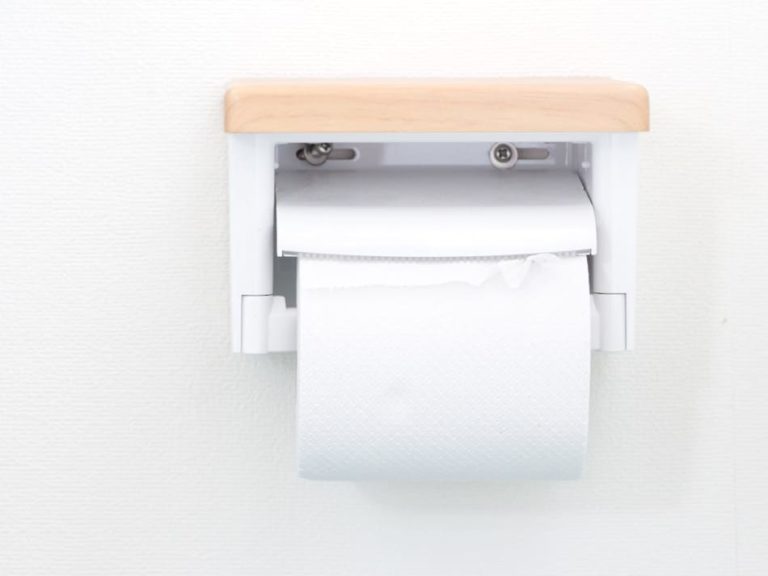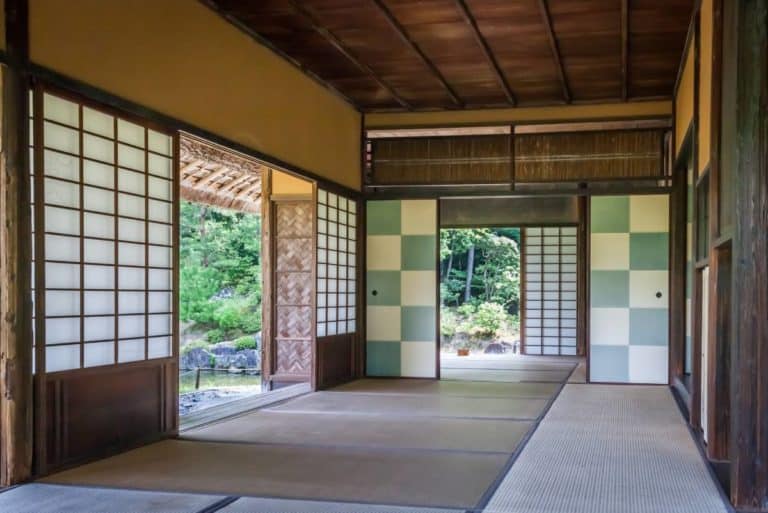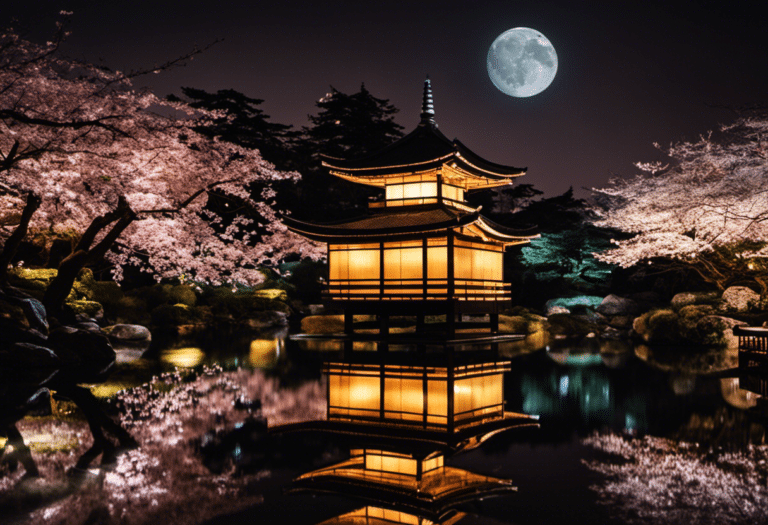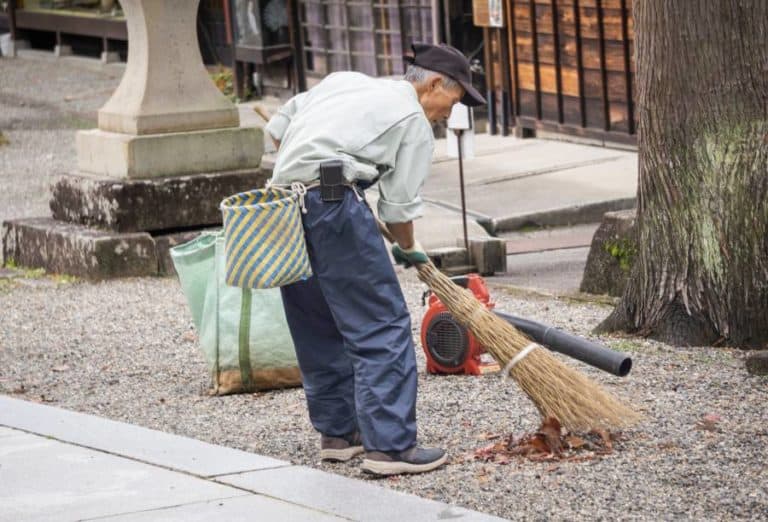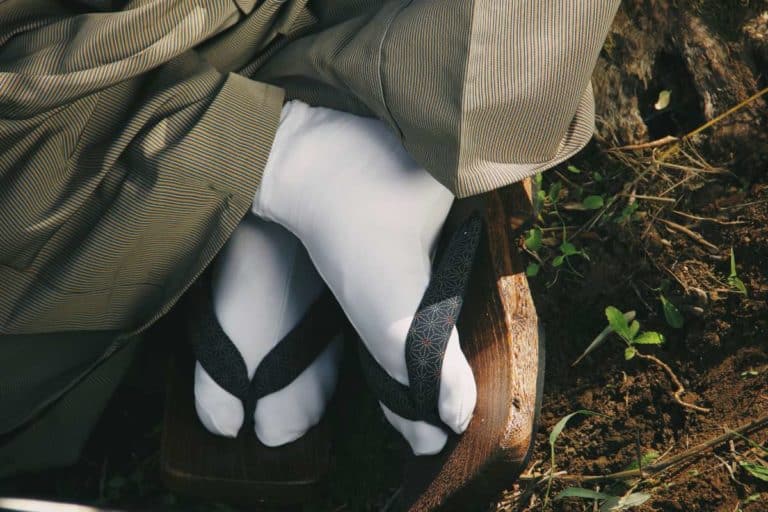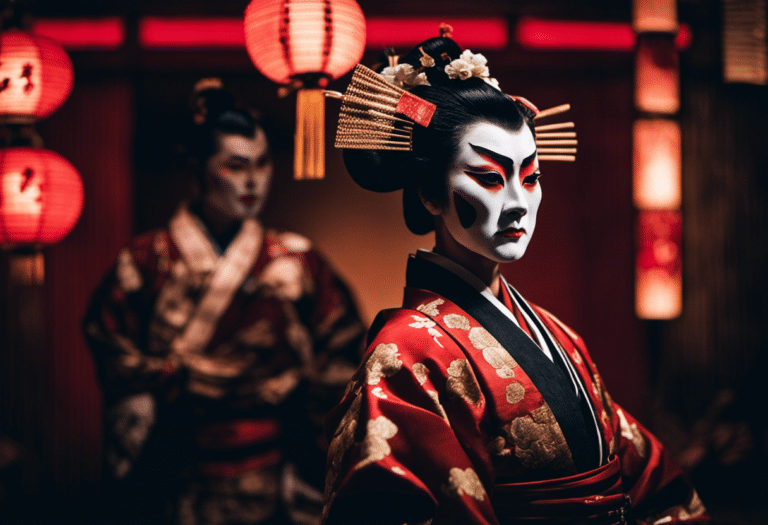What did the Samurai do When They Were not Fighting?
The Japanese samurai were famed for their skill with the sword, but what they did when they weren’t fighting has been little studied.
Most of our knowledge about the lives and practices of samurai comes from written records which may not reflect reality.
We know that many samurai had secondary occupations such as farming or trade. Still, we don’t understand how this contributed to their overall lifestyle or why it was necessary for feudal Japan.
This article examines some of those questions by examining three occupations: hunting and fishing, brewing sake, and making rice cakes (mochi).
These are all activities traditionally associated with the lower classes in Japanese society. Yet, these same people became some of the wealthiest members of the medieval community through their involvement in them.
Samurai were not always fighting.
Between 1600 and 1868, they were forced to learn new skills to support themselves. The traditional noble occupations of rice farming and trade did not offer samurai the prosperity these other ‘lower’ jobs could provide.
This made them vulnerable at specific points as rival elements tried to undermine their position. But overall, They had other jobs to do, such as farming and teaching.
One of the most common occupations was hunting.
Hunting in Japan had a long tradition dating back to at least the 7th century AD and continued as an essential occupation for samurai and townspeople until the end of feudal society. However, it declined in popularity from the 17th century onwards.
As with all things, samurai took hunting very seriously, but as the writer and thinker Yamamoto Tsunetomo (1659–1719) recognized: “You can’t go on living forever fighting all out on the battlefield.
So whatever other occupation you follow, never do it half-heartedly. Be completely committed to it! That way, you are sure to benefit your lord.”
Within samurai society, hunting became divided into a strict hierarchy based on skill, knowledge, and social status.
Hunting was an expensive activity involving purchasing equipment and trained animals such as falcons, hounds, and horses.
They also had to pay for the right to hunt on lands belonging to others, which could represent a significant expenditure if they continued it over a long period.
Both samurai and townspeople were hunters, but not all hunting was equal.
At the top end was falconry.
This required specialized techniques in raising birds, training them in hunting and constructing, and maintaining elaborate mews. At the more humble end was market hunting, which required only knowledge of birds’ habits to be effective.
Samurai continued to pursue these activities until the end of feudal Japan because they had a strong interest in these practices and wanted to be skilled at them more than anything else.
Of course, hunting is not really about catching animals but about being in the wild.
This fits with the love of nature and appreciation for the beauty many samurai expressed. More importantly, the fact that sports like falconry were only pursued by a dedicated few meant that they had no negative impact on society if they lost interest.
Some samurai worked in the government or served as diplomats.
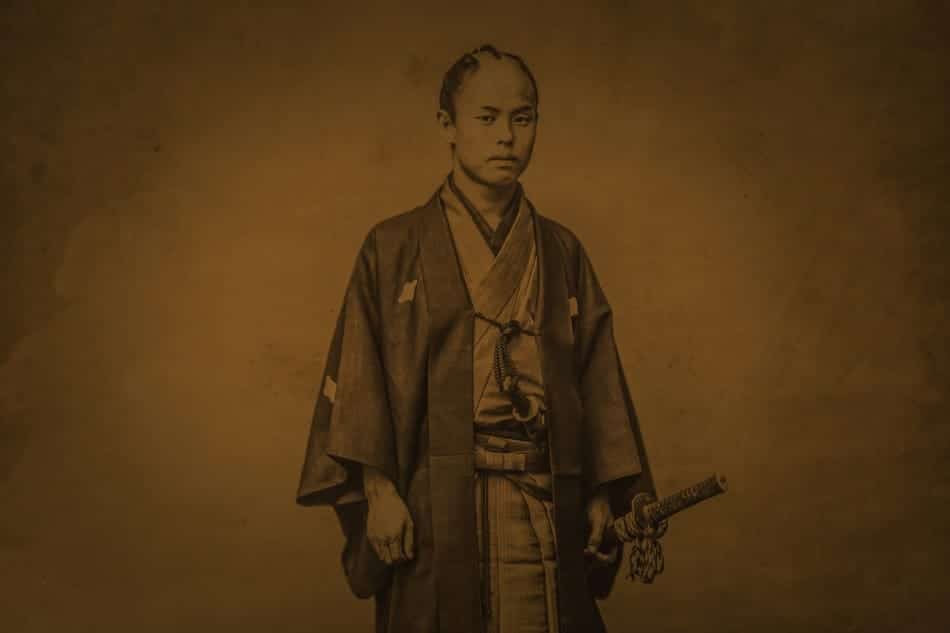
However, the majority spent most of their time training in schools known as dojos.
These were built throughout Japan and consisted of buildings for practicing martial arts such as sword fighting and archery.
Dueling was also practiced to improve samurai combat skills, but it could be dangerous as they fought to the death.
Although dueling was common even among non-samurai, it became increasingly common during Tokugawa.
Different schools tried to assert themselves through their prowess in duels against rival groups.
During this period, 42% of all deaths were due to dueling. It is no wonder that the government had to stop this and pass laws banning duels.
However, death was not the only risk in training for samurai.
Their training regimes were incredibly punishing, including raising free weights and running barefoot over rugged mountain terrain, leading 20% of new students to give up within their first six months.
Despite being punished if they gave up, many students still didn’t make it as they were injured while training (e.g., swords cutting fingers off) or died from the constant strain of a punishing regime.
Even so, samurai understood that physical skills were crucial to fighting ability and never took their health for granted.
As the magistrate Mibu, no Tadamine wrote in his diary, “I have studied the martial arts from my youth, and I don’t think my body has been neglected.
Even if I were to fall ill, as long as it wasn’t a lingering illness, I would be back on my feet in two or three days at most.”
Even though they had to attend school, samurai were also expected to learn at home.
They carried on their families’ traditions by studying calligraphy and painting and being able to read and write complex kanji characters, poetry, treatises on warfare and philosophy, and compose handwritten documents (which required them to be highly literate), play an instrument, and sing.
Some of this knowledge was imparted through the practice of chanoyu (tea ceremony), a ritualized activity that required special training.
These exercises were called kata in martial arts, and by mastering these bodily movements, samurai developed reflexes for different situations on the battlefield.
As Miyamoto Musashi, one of Japan’s most famous swordsmen, put it: “In any art or science, mastery comes about once you’ve cleared away all the unnecessary clutter.
No matter if it’s calligraphy or martial arts, no matter what field, you need concentration to make real progress.”
Even when samurai were not training, they were surrounded by reminders of their work.
Their houses had walls decorated with swords and weapons, lacquerware that depicted battle scenes or pictures of famous warriors, and scrolls displaying Chinese characters for the names of old martial arts teachers.
A series of objects in a house was known as a dōjō, which loosely translates to “hall of the way,” and was designed to help samurai develop their fighting skills.
A dōjō is similar to modern sports like judo or karate, in which students sit together on a tatami mat and meditate before practicing martial arts movements.
Having trained for years, samurai were skilled in many areas of life and could survive even in the harshest conditions.
Living in an age where few people could read or write, stories circulated about their abilities to tell fortunes using yarrow stalks (which led some priests to worry that fortune-telling would become a lost art).
They also knew how to find different plants and herbs to cure various illnesses.
Samurai, in particular, were known for their herbal knowledge because they had to heal themselves from their injuries during training.
As Zen master, Takuan said, “The warrior must be at one with his weapon.
His sword is part of his limbs, and as he uses it to cut down his enemies, so must he learn to cut away the excess from himself.”
While samurai trained to fight, they were also expected to follow specific moral codes.
They had a strict code of honor (similar to bushido), which guided their behavior.
Many samurai subscribed to Zen Buddhism and were devoted to the strict rituals of martial arts practice.
Zen teaches that all things have their origin in mind, so samurai learned to control their passions.
They also learned to maintain a calm demeanor, which helped them take responsibility for their actions and make decisions wisely.
Samurai could also be merchants, craftsmen, and artists.

Many samurai were not soldiers but rather administrative officials.
In the Edo period (1603–1868), most samurai worked as bureaucrats in Japan’s most significant government offices: Edo (Tokyo), Osaka, Kyoto, and Nagasaki. They helped administer laws and taxes for their fiefs or castles by working with a lower-ranking samurai called a kokujin.
These government careerists were not unlike the samurai who, in the 19th and 20th centuries, worked as judges, doctors, university professors, diplomats, or politicians.
Samurai took pride in their work and wanted to excel before retiring.
To prepare for higher office, lower-ranking samurai asked to be “called up” to work under more experienced officials.
Once there, they could learn about the new policies and laws to be prepared to supervise their officers when they were promoted.
As part of the merit system in Japan’s government offices, higher-ranking samurai were allowed to hire lower-ranking samurai as servants.
This brought samurai from different parts of Japan and other clans and schools together to share information and techniques. A well-read nobleman or high official might ask a famous warrior to teach him martial art moves.
Although many historians have assumed that samurai were only interested in fighting, this system of master and apprentice helped to spread information about ways to live a moral life.
When samurai gathered at their local temples to pray or practice martial arts together, they learned from one another’s mistakes. Even if the government offices where they worked had strict rules about behavior, nothing stopped them from going out at night and having a good time.
Samurai dressed in elaborate costumes and then went to parties where they drank, danced, played music, or watched puppet theater together.
Samurai would often teach others their skills so that they could continue with them after the warrior died.
In their workshops, samurai learned practical skills like metalworking.
They could also learn how to create art objects for use or sale at markets or open-air fairs.
Some examples of samurai arts include writing, flower arranging, tea ceremony (cha no yu), and martial arts.
Samurai used the arts to express their opinions and values, which were not always the same as the governments.
Zen Buddhism teaches that everything exists only in relationship with its surroundings.
So the way a samurai craftsman cuts, paints, or arranges flowers is done for his pleasure—not for some higher purpose like military victory.
Because the tea ceremony is done in a small room just below the roof of a house, it symbolizes humility. Samurai valued humble behavior because they saw their leadership as temporary and thought death might come at any moment.
They also liked the tea ceremony because it can be enjoyed by anyone with patience, a calm mind, and a willingness to be present.
In addition, the tea ceremony is something that even the poorest samurai can afford to practice.
Samurai were known for their warrior spirit, but they also appreciated nature, art, and simplicity.
Women could work as tea masters or flower arrangers during the Edo period or ukiyo.
The work of samurai artists is so well known that some people think the only way to appreciate Japanese art is to study it in a museum or buy an art book.
However, you can still enjoy samurai arts today by watching kabuki theater or visiting a traditional tea ceremony house.

